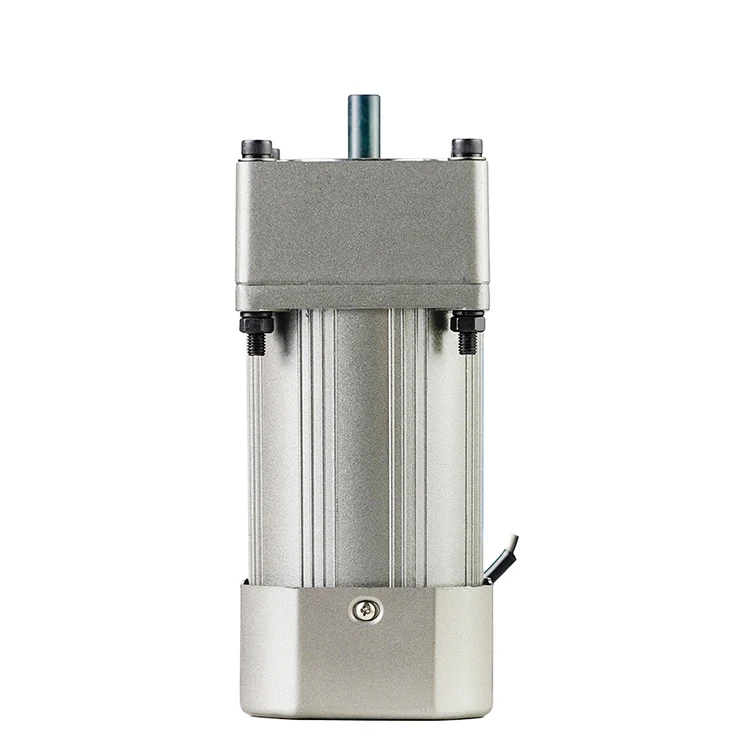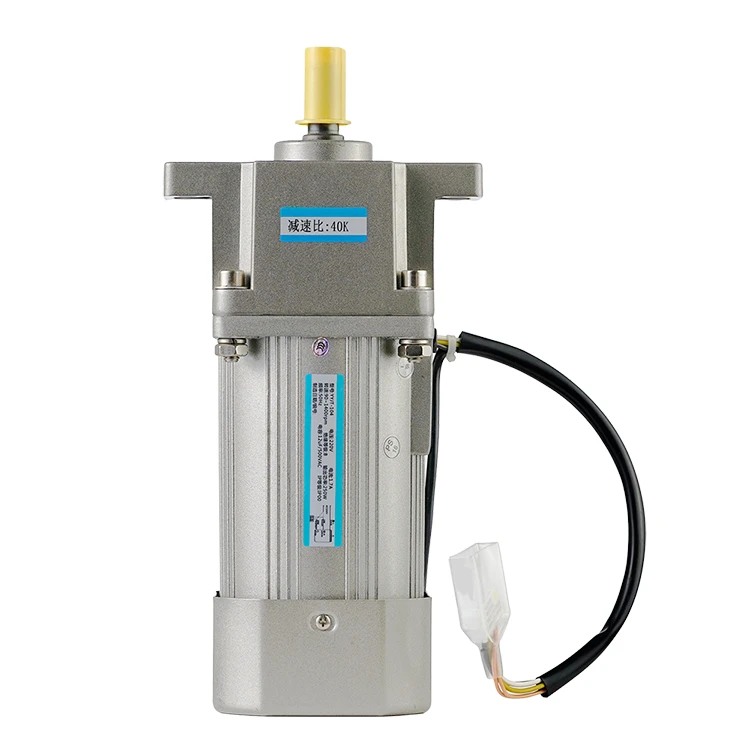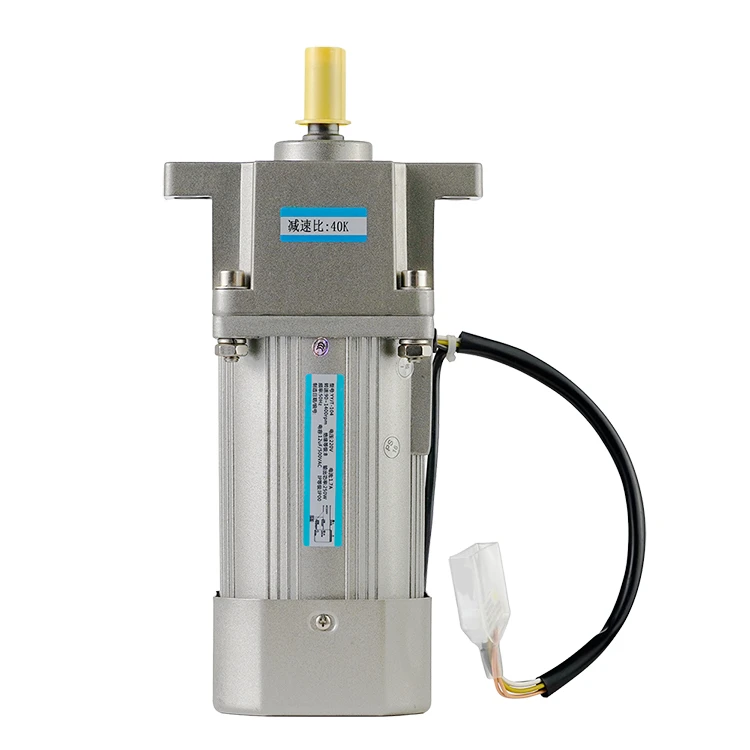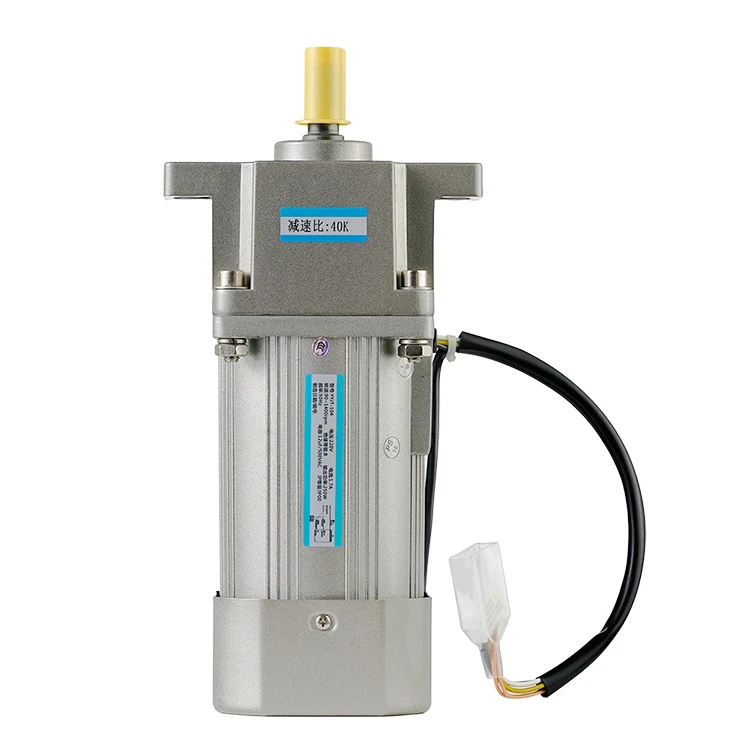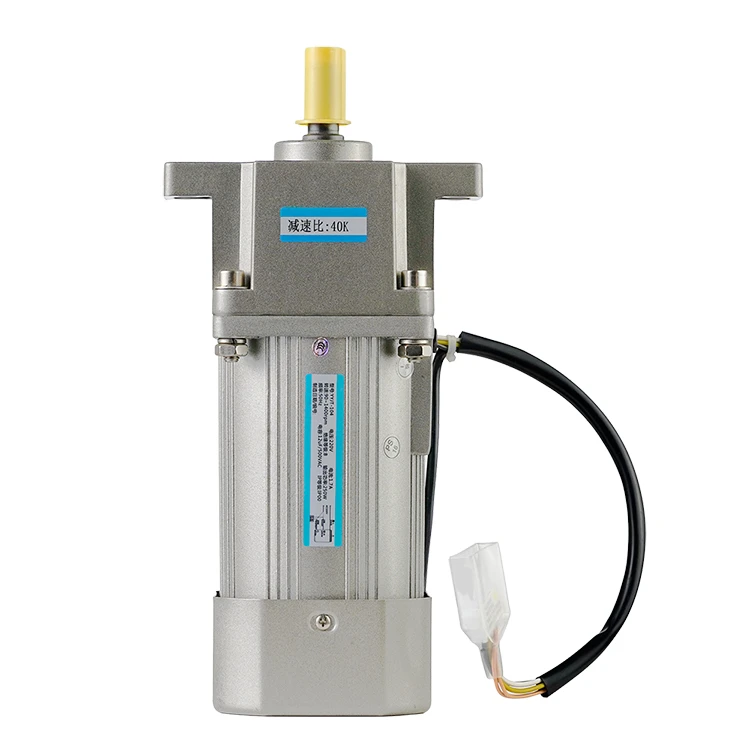Do servo motors have encoders?
2023-04-07 09:01:01
Servo motors are a type of electric motor that is commonly used in a variety of applications. Servo motors are designed to provide precise control of the position, velocity, or acceleration of a mechanism or system, and they are able to do this by using feedback to compare the desired state of the mechanism or system with its actual state.
One of the key components of a servo motor is the encoder, which is a device that is used to measure the position, velocity, or acceleration of the mechanism or system that is being controlled. The encoder is an important component of the servo motor, because it provides the feedback that is used by the servo motor to compare the desired state of the mechanism or system with its actual state and make any necessary adjustments.
In general, servo motors do have encoders, and the presence of an encoder is one of the key characteristics that distinguishes a servo motor from other types of motors. The encoder is typically an integral part of the servo motor, and it is typically located within the body of the motor.
There are several different types of encoders that are commonly used in servo motors, and the type of encoder that is used in a particular servo motor will depend on the specific application and requirements of the servo motor. Some of the most common types of encoders that are used in servo motors include absolute encoders, incremental encoders, and rotary encoders.
Absolute encoders are typically used in applications where the exact position of the mechanism or system that is being controlled is important. Absolute encoders are able to provide precise measurements of the position of the mechanism or system, and they are able to do this even if the servo motor is powered off or if the position of the mechanism or system changes.
Incremental encoders are typically used in applications where the velocity or acceleration of the mechanism or system that is being controlled is important. Incremental encoders are able to provide precise measurements of the velocity or acceleration of the mechanism or system, and they are able to do this by measuring the change in position of the mechanism or system over time.
Rotary encoders are typically used in applications where the position, velocity, or acceleration of a rotating mechanism or system is important. Rotary encoders are able to provide precise measurements of the position, velocity, or acceleration of a rotating mechanism or system, and they are able to do this by using a series of sensor elements that are arranged in a circular pattern around the axis of rotation.
In summary, servo motors are a type of electric motor that is commonly used to provide precise control of the position, velocity, or acceleration of a mechanism or system. Servo motors typically have encoders, which are devices that are used to measure the position, velocity, or acceleration of the mechanism or system that is being controlled. There are several different types of encoders that are commonly used in servo motors, and the type of encoder that is used in a particular servo motor will depend on the specific application and requirements of the servo motor.
See What Lunyee Can Do For You
Contact Us
- 8619149417743
- +86-0371-5562 0274
- [email protected]
- Zhengzhou, Henan Province, China
- Mon-Fri: 9:00 - 18:00
